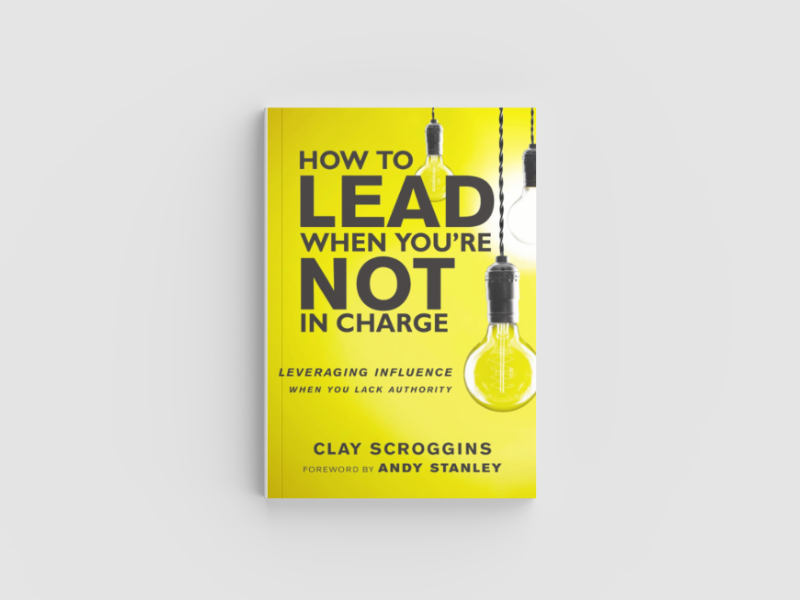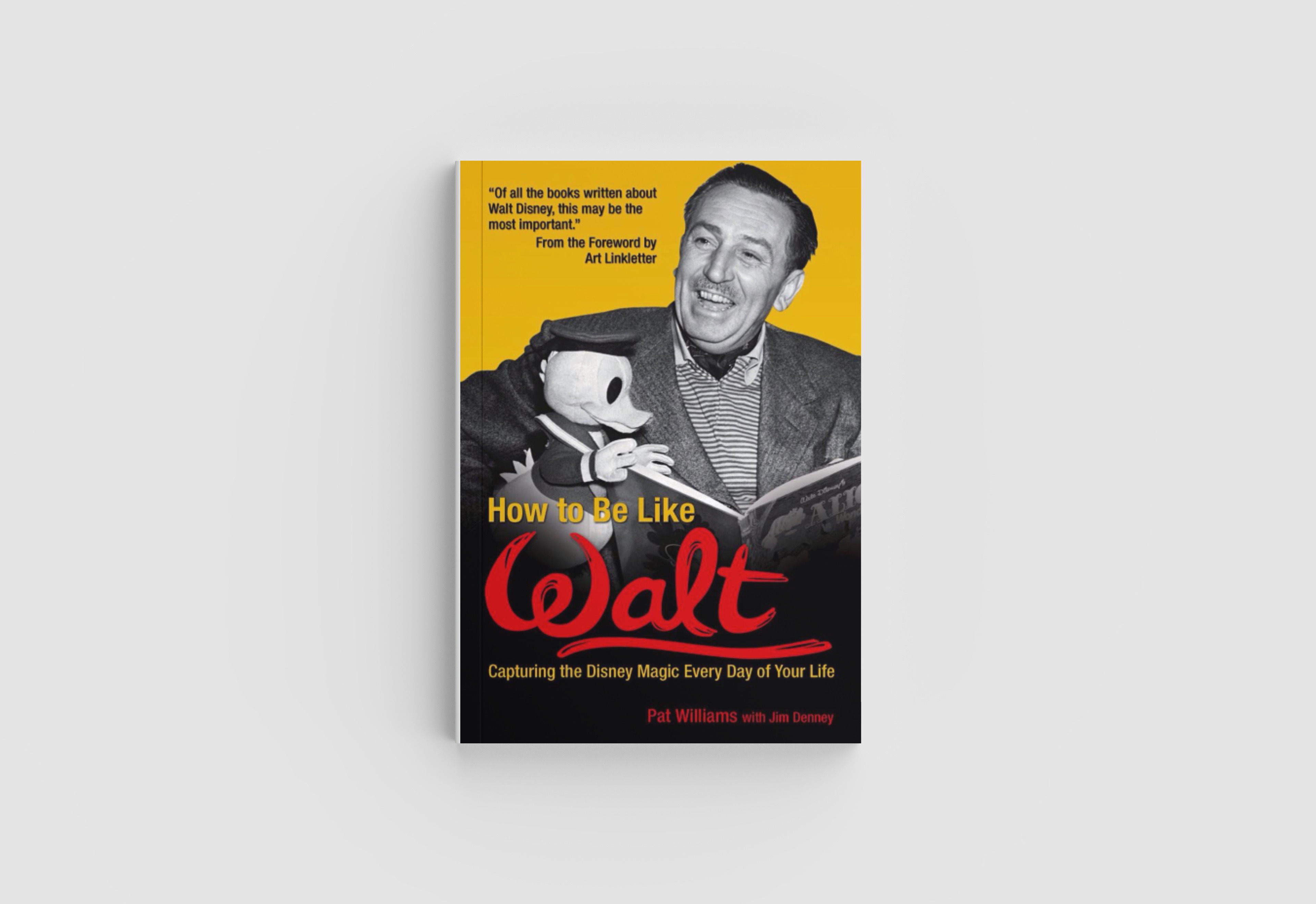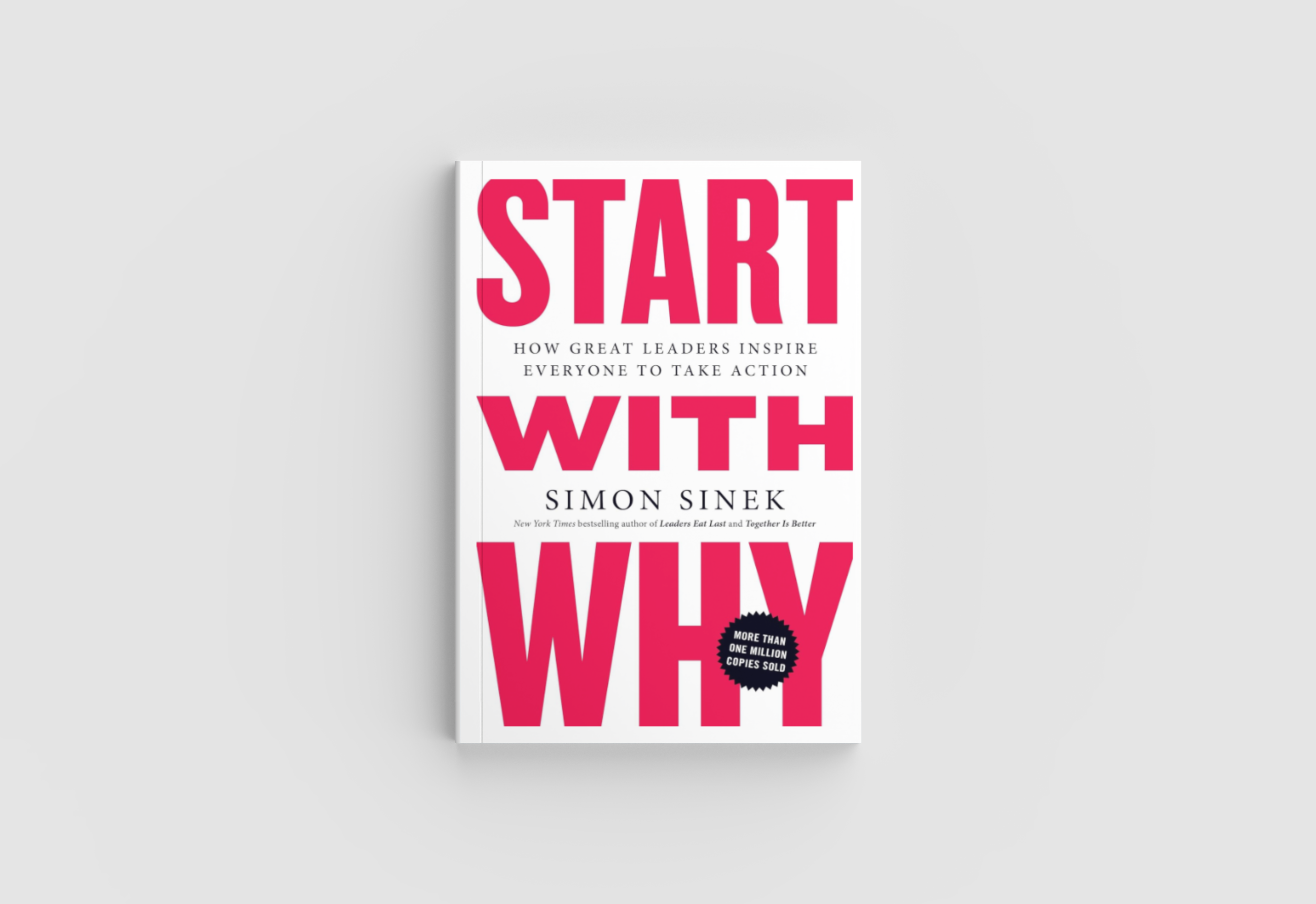BETTER IMPACT BOOK BITES: How to Be Like Walt Capturing the Disney Magic Every Day of Your Life
This Month's SelectionHow to Be Like Walt Capturing the Disney MagicEvery Day of Your Life, Pat Williams with Jim DenneyThe eighteenth in a series...
6 min read
![]() Nicole R. Smith
Oct 16, 2024 9:30:00 AM
Nicole R. Smith
Oct 16, 2024 9:30:00 AM

This Month's Selection:
How to Lead When You're Not in Charge: Leveraging Influence When You Lack Authority, by Clay Scroggins (Author), Andy Stanley (Foreword)
The twentieth in a series of Better Impact Book Bites
A taste of great books worth consuming.
This book is 225 pages long and it is available on Audible. It is divided into 3 parts with 10 chapters divided to support each section's heading. In the midst of two different conversations (where the familiar question “How can I get anything done when I don’t have the authority to make the final decision?”), at two entirely different times, with two different colleagues, this book came as a recommendation to me so I figured I would take a gander. It was well worth the time spent.
Chapter 1: The Oddity of Leadership – This chapter debunks myths that many of us have bought into such as “the authority to lead and the opportunity to lead are a package deal” and “authority is the prerequisite for leadership.” The author disassembles the notion that we have to wait to be in charge before we can lead. He also warns about “wielding the gun of authority.” If you constantly have to remind everyone that you are in charge, that isn’t leading people. It is pushing them around, and frankly, no one wants to follow someone who is constantly holding a proverbial gun to their back. He reminds us that we have the ability and opportunity to lead and create influence right where we are.
Chapter 2: Identity Crisis – This chapter reminds us of why it is crucial for us to really know who we are because it directly correlates to the type of leader we are and/or will become. It becomes even more important when you are trying to lead when you aren’t in charge. He delves into the consequences of mistaken identity and the 5 basic components of identity: Your Past, Your People, Your Personality, Your Purpose and your Priorities.
Chapter 3: Reclaim Kibosh – This chapter tackles ambition. It studies the definition, as well as, the pros and cons of ambition, what distorted ambition looks like, and gives guidance on how to accomplish a happy medium between both. He introduces the concept of a Kabash leader and compares and contrasts the difference between a Kabash leader and a Kibosh leader
Chapter 4: Lead Yourself – Everyone leads in some way, whether they realize it or not. He encourages us not to use the “hall pass” excuse of having a bad manager for not achieving results. At the end of the day, “your boss is not in charge of you. You are in charge of you.” “When you aren’t in charge, you can still take charge.” Grrr.
Chapter 5: Choose Positivity – This chapter discusses the fact that perspective is monumental, how employee satisfaction relies heavily on them understanding how their role fits into the big picture and panoptic pyramid. He also challenges you to understand what shapes your world view and how it directly affects the world around you. He discusses how having a broader perspective can create influence by the energy in your attitude, humility towards those in authority and unity with those whom you work with.
Chapter 6: Think Critically: Do your best NOT to think about Rainbow-puking unicorns. I enjoyed this chapter because he touches on the difference between positivity and toxic positivity. He provides tips and tools to become an effective and balanced leader with the ability to add value to any room you enter. He dives into and breaks down critical thinking; including the fact that every good leader is a critical thinker. He offers four subtle mindset changes that can help create influence:
Chapter 7: Reject Passivity – Clay warns that one of the most dangerous enticements we fall victim to when working for someone else is passivity; and if we aren’t careful, the cloud of passivity will settle on us like the plague. If you feel stuck, he provides a way to help breathe life, a CPR of sorts, back into your situation; Choosing, Planning and Responding (very clever not to mention helpful). He leaves us with this very potent thought: “You will never passively find what you do not actively pursue.” Tim Cooper.
Chapter 8: Challenging Up – Challenging authority is no easy feat. What I love about this chapter is it helps you to decide if and/or when you should. Not all challenges are bad, nor does it have to be combative. As a matter of fact, a challenge can be good because it encourages growth. How it is done, however, makes a colossal difference. He reminds us that every word we choose when sharing ideas with others are bricks that will either build a bridge of relationship or wall of distrust; so choose wisely. He goes on to point out things NOT to say when challenging up, and explores three reasons it is difficult to challenge others WELL.
He closes out the chapter by providing a fantastic example of what challenging WELL looks like. This is definitely a chapter I wish I had read before challenging authority. In my defense, in some cases, I didn’t even realize I was doing it. I literally thought I was just doing my job. I gained an eye-opening perspective from this chapter. Point number 3 below resonated with me deeply, and as I look back, I now understand how my intent to provide new solutions to coworkers could have easily been perceived as me challenging them. Ouch.
Chapter 9: Breaking Down Challenging Up – Whew. This chapter touches on building trust, when to bring up disagreements, challenging privately, remaining emotionally neutral, being ok with receiving no for an answer, and accepting that you may not have a 360 degree view/understanding of the situation you are trying to solve. He references Simon Sinek’s TedX talk and book, both titled Start With Why. Coincidentally, Start With Why was September’s Book Bite so we must be on to something here.
Lastly, just as the chapter depicts, he breaks down how to challenge up into four sections listed below:
Chapter 10: Your Next Chapter Starts Today – This chapter guides you on how you can start being the type of leader today that you dream of being tomorrow. He reminds us that people leave managers, not jobs, and encourages us to think deeply about “our” success and to start a leadership list. Lastly, he leaves you to think about this: as you are leading now, you will lead then. Meaning, if you were promoted to leading a team today, would you lead differently? If so, then start making those changes today because the way you lead now will shape how you influence change when you eventually secure that coveted management role.
The Last Bite: This book hits you in the jugular, but in a very gentle way. It exposes ego and ill intentions. That is what I love about it. Often, we don’t realize the mistakes we are making when it comes to leadership (either with or without authority) so the self-reflection and seeing oneself in the examples is akin to a tree being pruned. It hurts, but it is necessary for growth.
Although written by a Christian for church leaders, this book was recommended to me by two different people and two different times, one a Christian and the other did not identify with the Christian belief system. I say that to say that the fundamentals of this book apply and are powerful regardless of religious beliefs, so I still encourage it as a read. If you would rather not, another colleague of mine recently suggested the book Influence Without Authority. I haven’t read it in its entirety, but what I have read is very similar to concepts in this book.
All in all, this book left A LOT to chew on. The principles are tried and tested and can be valuable tools as you find your footing and begin to have influence beyond a seat at the table.
Other Related Links
Featured Posts

This Month's SelectionHow to Be Like Walt Capturing the Disney MagicEvery Day of Your Life, Pat Williams with Jim DenneyThe eighteenth in a series...

This Month's Selection: The Volunteer Shelf Life: A No Fault Look at Volunteer Retention and the Reasons Volunteers LeaveBy Meridian Swift Why This...

This Month's Selection:Start With Why – How Great Leaders Inspire Everyone to Take Action , by Simon SinekThe nineteenth in a series of Better...